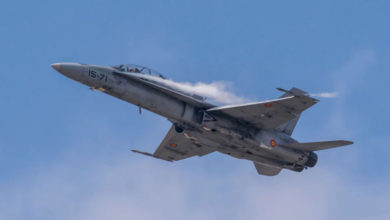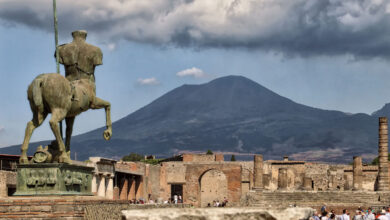Podcast: Play in new window | Download
Imagine a time when the dream of flight was just that, a dream. Then, in the 15th century, a certain Leonardo da Vinci sketched the first concept of a helicopter. Picture the excitement and fascination that da Vinci’s ‘aerial screw’ design sparked. This remarkable contraption, though never built, was a testament to da Vinci’s genius and vision. It was a concept far ahead of its time, a vertical flight machine, a precursor to the helicopters we know today.
Fast forward to the 19th century, when tangible prototypes began to emerge. Among these was a brave attempt by the renowned inventor, Thomas Edison. His helicopter model, powered by an internal combustion engine, unfortunately, failed to take flight. Edison’s venture was one of many during this era, revealing the collective human desire to conquer the skies vertically. Despite many attempts, the dream of vertical flight remained elusive until the 20th century.
As we stepped into the 20th century, two names emerged in the race for vertical flight: Paul Cornu and Igor Sikorsky. The Frenchman, Paul Cornu, made a significant leap in 1907. He designed a contraption that managed to lift off the ground, achieving the first free flight with a pilot. Yet, the design was unstable and couldn’t be controlled, limiting its practical use.
Meanwhile, across the globe, Igor Sikorsky was meticulously crafting his vision. In 1939, after years of trials and tribulations, Sikorsky unveiled the VS-300, a marvel of engineering. This was the first stable, single-rotor, fully controllable helicopter. Sikorsky’s creation was a game-changer. It was no longer a question of ‘if’ but ‘when’ the helicopter would become a mainstay in aviation. Sikorsky’s invention set the stage for the helicopter’s development during the Second World War. It was a pivotal moment in history, a testament to human ingenuity and a giant leap for aviation.
With the onset of World War Two, the helicopter found its purpose, serving as a life-saving machine on the battlefield. The war marked a turning point in the evolution of helicopters, transforming them from novel flying machines into indispensable tools of modern warfare. During the conflict, helicopters were primarily used for rescue missions. They could land in places traditional aircraft couldn’t, making them perfect for swooping in to retrieve injured soldiers from the frontlines. Their unique capabilities also made them ideal for transporting supplies to hard-to-reach areas, providing crucial support for ground troops.
However, it wasn’t until the post-war years that helicopters truly came into their own. The introduction of turbine engines in the nineteen fifties was a game-changer, replacing the old piston engines. This made helicopters faster, more efficient, and capable of carrying heavier payloads, thereby expanding their potential for both military and civilian use. Another significant post-war development was the emergence of attack helicopters. These machines were designed specifically for warfare, and equipped with advanced weaponry and armour. One of the most iconic examples is the Apache, a symbol of power and precision. With its advanced sensors and formidable firepower, the Apache epitomises the evolution of the helicopter from a simple transport vehicle to a sophisticated instrument of war.
Yet, despite their military origins, helicopters have also become vital in peacekeeping and humanitarian missions. They’re used in everything from disaster relief to medical evacuations, proving that their utility extends far beyond the battlefield. Today, they are as much a symbol of mercy as they are of might. In many ways, the story of the helicopter is a testament to human ingenuity and adaptability. From their humble beginnings in Leonardo da Vinci’s sketchbook to their modern incarnations, these flying machines have continually evolved to meet the changing needs of society. From war machines to life-saving vehicles, helicopters have come a long way since da Vinci’s sketch.
Today, helicopters have become an indispensable part of our lives, from news broadcasting, and emergency medical services to tourism. These modern marvels are more than flying machines; they’re lifelines, delivering critical supplies to remote locations, saving lives with air ambulance services, and offering a unique perspective of our world from the skies on scenic tours. Advancements in technology have made today’s helicopters safer, more efficient, and more versatile than ever before. Fly-by-wire controls, for instance, have revolutionized the way pilots operate these machines, allowing for smoother, more precise flights. Safety features have also seen significant improvements, with advanced navigation systems, crash-resistant fuel systems, and better emergency landing capabilities.
These modern helicopters, with their myriad uses and state-of-the-art technology, are the culmination of centuries of dreams, designs, trials, and innovations. From the dream of a Renaissance man to the reality of today, the journey of the helicopter is indeed a testament to human ingenuity and the relentless pursuit of innovation.
Podcast: Play in new window | Download





